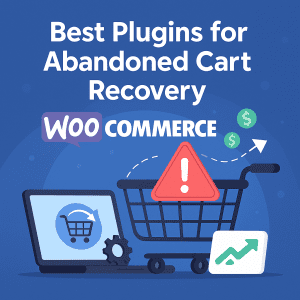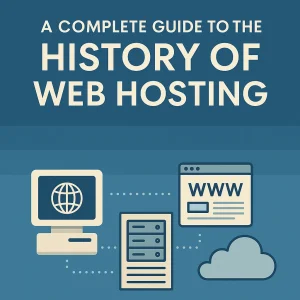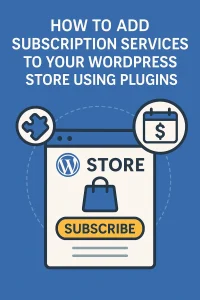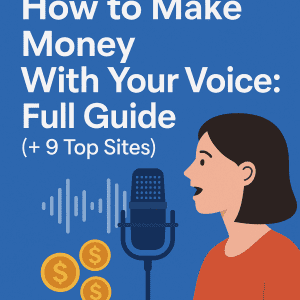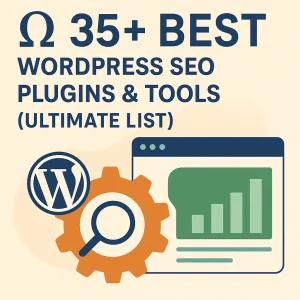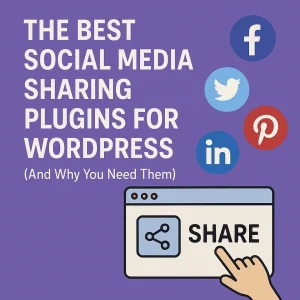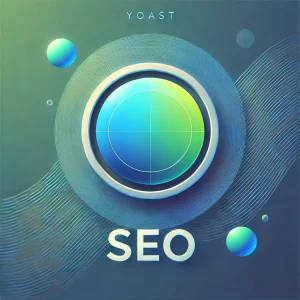 Anyone who simply browses the Internet and / or peruses what it has to offer and doesn’t have a website on the Information superhighway is going to have a different prerogative with using the web. At least compared to those who do have a website and especially if that site is giving online visibility to their business as well as a means for customers to make purchases without visiting a brick & mortar storefront of any sort. If that’s the scenario for you and you website you’re not going to need to have the acronym SERPs explained to you, or why there is an ongoing need to improve website SEO.
Anyone who simply browses the Internet and / or peruses what it has to offer and doesn’t have a website on the Information superhighway is going to have a different prerogative with using the web. At least compared to those who do have a website and especially if that site is giving online visibility to their business as well as a means for customers to make purchases without visiting a brick & mortar storefront of any sort. If that’s the scenario for you and you website you’re not going to need to have the acronym SERPs explained to you, or why there is an ongoing need to improve website SEO.
But maybe you’re not familiar with that grouping of characters, and if so we’ll explain; SERP stands for search engine results page. Let’s make an example. Someone who has a business selling custom sports team jerseys is going to know it’s important that their website is on the first page of SERP pages every time someone searches custom sports team jerseys *city name*. And preferably high up on that page, and ideally in the first spot. SEO optimization for a website is the determinant for whether or not that happens.
You either have it, or you don’t. And if you don’t then your site isn’t going to be on that all-important first pages of SERPs, and definitely not at the top of it. For our example business owner that means it is VERY unlikely anyone is going to be ordering their custom sports team jerseys from the owner’s business. Being maximum visible online is of paramount importance for any business these days, because 9-plus times out of 10 that is where customers find their provider. This is how it is in the 21st century, and it’s going to be this way from now on.
This is why WordPress SEO optimization is so important if you have a WordPress website for your business, and if so we highly recommend looking through a Yoast SEO guide. Yoast is definitely the best plugin for improving search engine rankings for a WordPress website, and that’s what we’re going to look at here with this week’s blog entry. 4GoodHosting is always your best choice for the best managed WordPress hosting Canada, and that goes double if the website is the online storefront or service front for your business.
Near-Instant Expert SEO Fix
It’s natural to think that there’s no way improving your site’s search engine rankings could ever be a quick and easy process. That’s true, but it’s also true that it can be done a lot more easily than you might think if you know which SEO tools for WordPress to use. We’re going to point you right in the direction of Yoast SEO, a WordPress plugin that's perfect for those new to SEO.
Yoast SEO for WordPress is available as a free or premium version, and it is a powerful means of optimizing a website's content for better search engine results. Available with it are a wide range of features for optimization of titles, keywords, readability and more. We know from speaking to web hosting in Canada clients that nearly everyone opts to go with the free version of Yoast for WordPress SEO, so we’re going to focus on that one exclusively here.
Starting at the start with this Yoast SEO guide means talking about installation and configuration. You start by using the WordPress content management system, and that should be fairly obvious considering you can’t use Yoast for Wix or any other website builder platform.
Go and download the Yoast SEO plugin and install it on your site. After it’s set in place you need to configure the basic settings. This is done by going to the Yoast SEO section of the control panel and clicking on ‘general’. Follow each step carefully, and be sure that you’ve taken the time to read the instructions. For those who have setup shouldn't be too difficult, and they’re likely to get it right the first time.
Target Query Focus
You use Yoast for WordPress SEO optimization by focusing on target queries, and doing so one query at a time. Here’s your definition for that; a target query is one or several words that a user types into a search engine. An example might be someone writing an article describing the use of a ketogenic diet for weight loss, and their target query might be ‘benefits’, ‘alternative dietary weight loss approach’, or ‘benefits of a keto diet.’
Their target query there is actually the main keyword of the page (not the site), and for each page, post or product created on WordPress they will need to find and specify the target query representing the content displayed. One thing when using Yoast SEO for WordPress is that word order is very importance with any target query. You will also be better served by it if you diversify your queries. Don’t ever us two identical target queries for different pages on your site. Doing so will mean your pages will cannibalize each other and it becomes possible your site doesn’t rank is SERPS at all.
One of the advantages of using Yoast Premium is that you will be able to rank well for the keywords indicated in your content. This makes it easier to raise the query, and once you’ve located it you then go head and plug it in where indicated in the Yoast SEO section at the bottom of your content.
Optimizing Titles & Meta Descriptions
You get your maximum SEO boost from Yoast when you optimize titles and meta descriptions, and the way the plugin is designed is great because optimizing titles and description tags is supremely easy with Yoast. It’s best to keep your page title short and include the target query in it, and after that you should be putting your focus on the ‘slug’. What’s that? It is the part of the URL after the domain name, and it serves to synthesizes the content of a specific page on a website.
You’ll also want to see to it the target query is found in the slug. The site’s meta description is a very concise summary containing the main query that will appear below the page title in the search results and serving to provide an overview of the page's content. It should also be presented in a way that encourages users to click on it. You can always refer to the analysis at the bottom of your page to see whether the optimization of certain elements is working or not.
Next the focus moves to internal and external links, and integrating them into a page or article effectively goes a long to helping a site ranks well and show up higher in SERPs, which as we’ve explained is what SEO is all about! Internal linking means integrating a link to another page on your site based on a phrase or word that is related to the subject. External links are the same but point to other websites. Make sure you choose credible sites for them or the search engines will catch you and you’ll have SEO value taken away from your site.
Part of using SEO tools for WordPress is to carefully plan the links you wish to use and then integrating them subtly. Another good tip is to occasionally check your links and determine whether they’re still linking properly or not. To avoid 404 errors.
Looking at Legibility
Search engines evaluate both content and the container that is containing and then delivering the content. The way the site is written very much impacts your ranking too, and we’re not just talking about organic keyword incorporation either. Yoast SEO for WordPress comes with a readability analysis tool that is very helpful for determining if your site is good enough in that regard, evaluating sentences length, diction used, sufficient use of transition words, correct use of passive / active voice, title hierarchy, and the lengths of paragraphs.
With Yoast it’s fairly simple to see how you’ve done with each based on their use of color-coded dots and smiley faces. Green means you’re in line with good SEO optimization, with orange there’s room for improvement, and red means you’ve got it wrong. You'll also be provided with a Flesch readability score - an index for assessing the readability of a text.
A higher rating means the text is deemed to be accessible. A lower rating means the text is complex the way it is written. For good website SEO you want the highest possible rating. Image optimization is important too, and if you read any Yoast SEO guide you’ll have them harping on the importance of optimizing the various tags in your images.
Yoast will determine if this has been done properly, or not. File names, Alt tags and other image attributes all influence SEO. Effective image optimization will allow your site to come up in search engines’ image search function, and when this happens it becomes much more likely that a higher flow of traffic make its way to your business WordPress website.
Yoast SEO Checklist
Here's a summative checklist you’ll want to tick the entirety of if you want to be assured of maximum WordPress SEO optimization via Yoast:
- Install Yoast SEO
- Complete basic configuration setup
- Define the target query
- Choose a page title
- Draft the Meta Description
- Slug creation
- Determine content readability
- Add internal and external links
- Optimize images
We’ll conclude this entry by stating that Yoast offers many other possibilities that are not covered here. The Premium version does put a lot more in your hands in the way of SEO tools for WordPress, and that greater capacity can be the difference between very good and excellent site optimization.
But it is best to see masting SEO for WordPress as a big-picture task that is much more complex than just using an SEO plugin for your website. There are technical and editorial skills needed for good SEO that one can only build up through a lot of learning and practice. But Yoast is a great tool if you don’t have the time for that, or you’re not inclined to pay for the time of someone who is and having them optimize your website for SEO.
If you optimize each of the previous elements for your pages, articles and products, you'll probably see your rankings in SERPs improve. And remember that it may take some time for changes to be indexed by search engines, so don’t be dismayed if you don’t see the improvements right away. To improve website SEO if often a long game anyways, and you’ll need to be revisiting your SEO optimization again in the future even if you are seeing good improvements now.








